![Bee-eaterBlTh [EricTan]](http://www.besgroup.org/wp-content/uploads/Bee-eaterBlTh-EricTan.jpg)
"The migratory patterns of the Blue-throated Bee-eater (Merops viridis) (left, copyright Dr Eric Tan) are both enigmatic and complex. Many other species, after a summer breeding season, mostly in the northern hemisphere, visit our area to escape harsh winter conditions.
"This bird, however, is here just for the breeding season and, once it is completed, they return whence they came, places that often have vegetative and climactic conditions similar to that of their breeding grounds. Stranger still is for birds of a given species to migrate into and over-winter in areas newly-vacated by an outward migration of a breeding population of the same species. Why this is so remains a mystery.
"In Singapore, inward migration is evident immediately prior to the breeding season. The peak intensity of birds flying north over Singapore lies between March and early April, the earliest records dated 23rd and 25th January, the last date being 7th May, these dates covering both the arrival of adults at nesting colonies on the west coast of Malaysia as well (Wells 1999). Since the species is not common in Java, the most probable source of origin is southern Sumatra.
"At Tanjung Tuan (Cape Rachado), scattered flocks were seen making landfall for 4 to 6 hours each day between 8th and 22nd March 2000. Exceptionally, this would last for seven to eight consecutive hours on any given day. On peak dates, the arrivals began at 09:00 to 10:00 but none were seen after 17:00 (DeCandido et al. 2004). Again, it would appear that the birds were probably coming in from Sumatra.
"After breeding in Singapore, the birds are thought to migrate to Sumatra between October to March and, after November, following the post-breeding dispersal, the few birds that remain are found mostly in the forests and forest edges (Wang & Hails 2007). Though Spittle has recorded that the birds left the Changi Promontory between November and March (Gibson-Hill 1949), there appears to be no record of outward migration, even less to indicate whether they move south to south-west back to Sumatra, or north into Malaya.
"In West Malaysia, the birds disappear from the coastal plains after breeding, and wintering birds occur mainly in lowland forests and forest clearings up to 2200 feet in the hills, with some wintering birds being seen up to 26th April. The migrating flocks head south over Selangor from late July to September, even as late as 27th October. Flocks were seen at Fraser's Hill from 14th to 16th April, at Cameron Highlands on 1st to 5th May (Medway & Wells 1976).
"Southbound migratory flocks arrive over forest at all elevations, far from possible breeding sites and, in Selangor, the first birds in these habitats never arrive before late June and all the birds leave by early September. Though some breeding birds may be resident, the recovery in southern Sumatra of a bird ringed at a Selangor nesting colony confirms that some migrate out of Malaya. Movement from Tanjung Tuan across the Malacca Straits to Sumatra was recorded mostly in August, with none seen later than early September. These birds believed to be local breeders (Wells 1999).
"Whether or not there are two return migratory routes back to Sumatra, with one going south through Singapore, and another moving westward out of Tanjung Tuan, also to Sumatra, remains unclear.
"Almost synchronously, this southward passage over both hill forests and the coastal plains intensifies as a migrant population from the north arrives, the major influx occurring in September and October. During these months, no migrants were seen crossing the Malacca Straits from Cape Rachado or elsewhere, indicating that most birds seen over forest are arriving winter visitors, and not on passage. However, neither the breeding nor the wintering population has been distinguished morphologically (Medway & Wells 1976). There is evidence that brightness of breeding adults varies locally, between colonies (Wells 1999).
"Curiously enough, the departure of wintering birds moving north out of Malaysia seem to synchronise with an equally protracted arrival dates of adults to the west coast breeding colonies (Wells 1999).
"The winter visitors depart after the breeding populations return. Breeding birds were seen making landfall at Cape Rachado on 11th and 21st February, and flocks heading north were seen from 9th March to early April, coincident with the start of the local breeding season (Medway & Wells 1976).
"In Borneo, the birds appear between late December and February depending on locality (Smythies & Davison 1999). At Membakut beach in Sabah, no birds were present in November but hundreds had congregated there by January. Similarly, large numbers of them were breeding by Kota Kinabalu airport in March, April and May (Sheldon et al. 2001). However, it is not known where these birds come from.
"In Borneo, once breeding is over, usually between June and August, the birds disperse. In Sabah, the birds from the breeding grounds at Bongawan, north to Papar and beyond, disappear towards the end of June (Smythies 1968). Some birds remain in wooded or forested areas till September, even between October and January, with a few still present in open coastal habitats during the non-breeding period.
"In Sarawak, the birds appear in the Oya – Mukah area during October to March but are absent for the rest of the year (Smythies 1957). Whether they come from breeding grounds elsewhere in Borneo, say, from Sabah, or are migrants from outside Borneo, remains unknown. The birds are summer visitors to S and E China as well as Hainan, and Davison has suggested that some of the birds found inland in the non-breeding season were probably visitors from more northerly latitudes (Smythies & Davison 1999).
![merops_viridis_migration [SlimS]](http://www.besgroup.org/wp-content/uploads/merops_viridis_migration-SlimS.jpg)
"Night-flying birds have been recorded from January to July, and in September, October and December but their destination is unknown and the only evidence of migration to or from Borneo is of two birds seen at sea, at 1° 44′ N 107° 36′ E and at 1° 29′ N 105° 45′ E, on 29th October 1948 (Smythies & Davison 1999). Interestingly enough, both sightings lie on a direct line between Singapore (or Sumatra) and Kuching (or Samunsam Wildlife Sanctuary). But they could just as easily be stray birds blown off their normal course, wherever that may be (above).
"In Thailand, migratory flocks were first heard calling before being seen. They moved along a 10 to 30 m front, less than 20 m above ground level, in flapping flight interspersed with glides, occasionally soaring on thermals, catching insects in flight. Occasionally, they would stop to feed for up to 15 minutes, using bare tree branches as hunting perches, before resuming migration (DeCandido et al. 2010)."
Slim Sreedharan
Malaysia, 21st September 2011
For a full account of the species, visit The Birds of Singapore at this LINK.
References:
1. DeCandido, R., Allen, D.A., & Yosef, R. 2004. Merops migration at Tanjung Tuan, Malaysia: an important spring bee-eater watch site in South-East Asia. Ardea Vol. 92.
2. DeCandido R., Nualsri, C., & Allen, D. 2010. Mass northbound migration of Blue-tailed Merops philippinus and Blue-throated M. viridis Bee-eaters in southern Thailand, spring 2007–2008. Forktail Vol. 26.
3. Gibson-Hill, C.A. 1949. An annotated checklist of the birds on Malaya. Bulletin Raffles Museum No. 20, Singapore.
4. Medway, Lord & Wells, D.R. 1976. The Birds of the Malay Peninsula. Vol. V: Conclusion, and Survey of Every Species. Witherby, London.
5. Sheldon, F. H., Moyle, R. G. & Kennard, J. 2001. Ornithology of Sabah: history, gazetteer, annotated checklist, and bibliography.. Ornithological Monographs No. 52, American Ornithologists' Union, Washington, D.C.
6. Smythies, B.E. 1968. The Birds of Borneo (Second Edition). Oliver & Boyd, London.
7. Smythies, B.E. 1957. An Annotated Checklist of the Birds of Borneo. The Sarawak Museum Journal, Vol. VII, No. 9 (New Series), Kuching.
8. Smythies, B. E. & Davison G.W.H. 1999. The Birds of Borneo (Fourth Edition). Natural History Publication (Borneo) Kota Kinabalu.
9. Wang, L.K., & Hails, C.J. 2007. An annotated checklist of birds of Singapore. Raffles Bulletin of Zoology, Supplement 15: 1 – 179, Singapore.
10. Wells, D.R. 1999. The Birds of the Thai-Malay Peninsula. Vol. I, Non-Passerines. Academic Press, London.
Related posts:
Blue-throated Bee-eater in post-juvenile moult On 28th December 2009, Dato' Dr Amar-Singh HSS photographed a... Raptor migration over Malaysia On 23rd March 2007 Pamela Lim experienced a private "raptor... Bee-eater taking afternoon dip in the lake On 11th August 2008, Meibao photographed another "mass dip" of... Brown-throated Sunbird mobs Blue-tailed Bee-eater Chong Yih Yeong documented a rare moment of a Brown-throated... A family of Blue-throated Bee-eaters "Two species of Bee-eaters are found in my neighbourhood in... Blue-throated Bee-eater: 11. Reflection Check out the earlier parts of the Blue-throated Bee-eaters (Merops... 

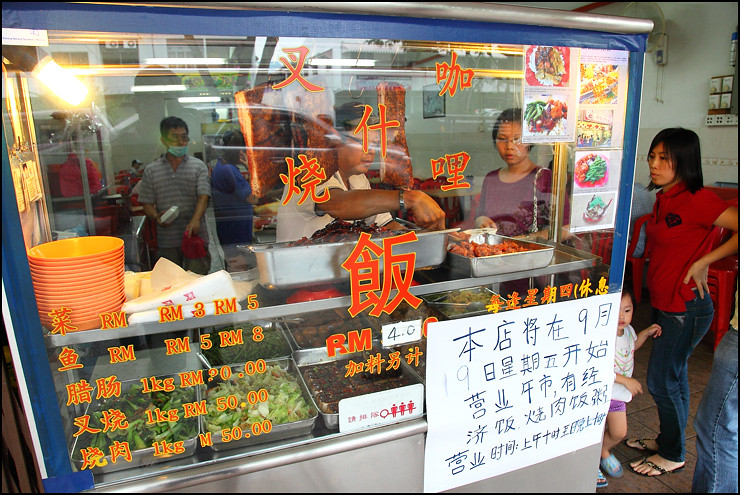
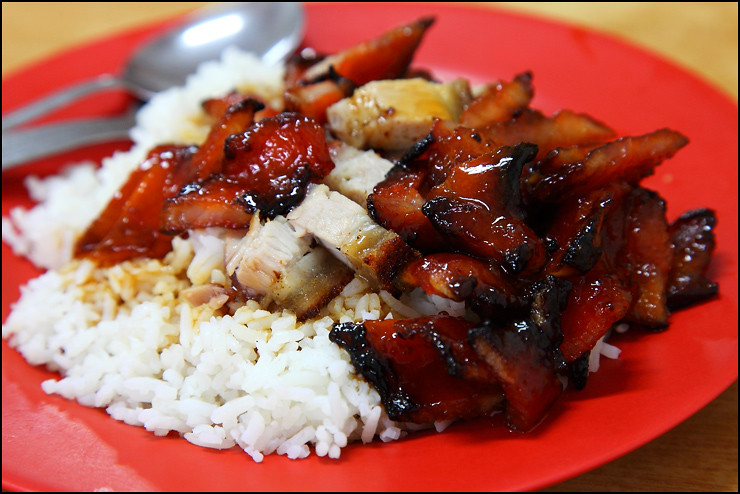
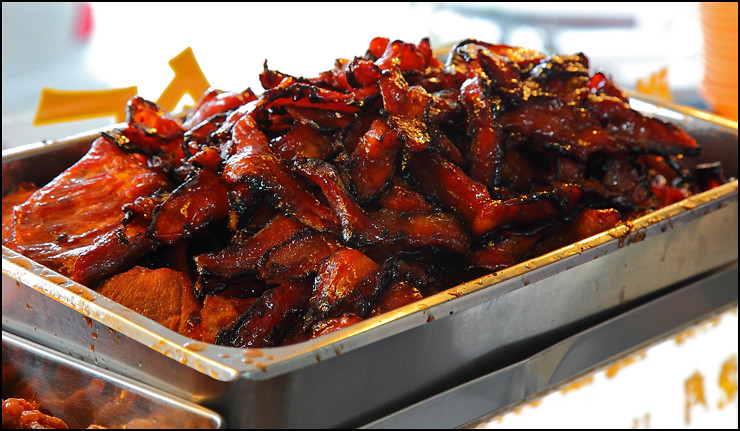
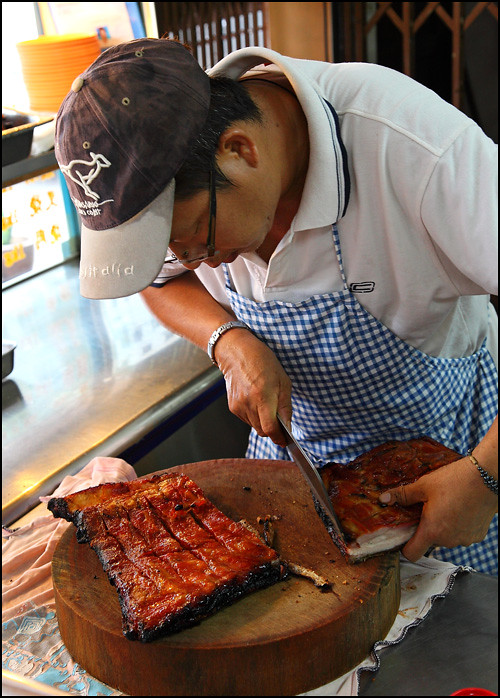

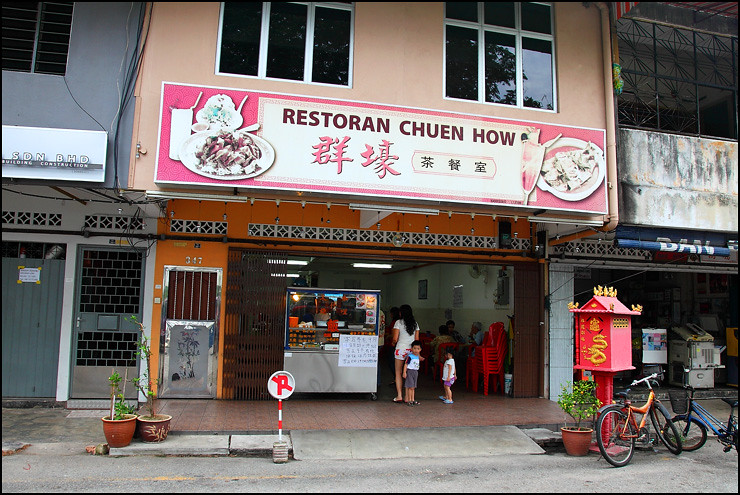
![Bee-eaterBlTh [EricTan]](http://www.besgroup.org/wp-content/uploads/Bee-eaterBlTh-EricTan.jpg)
![merops_viridis_migration [SlimS]](http://www.besgroup.org/wp-content/uploads/merops_viridis_migration-SlimS.jpg)
